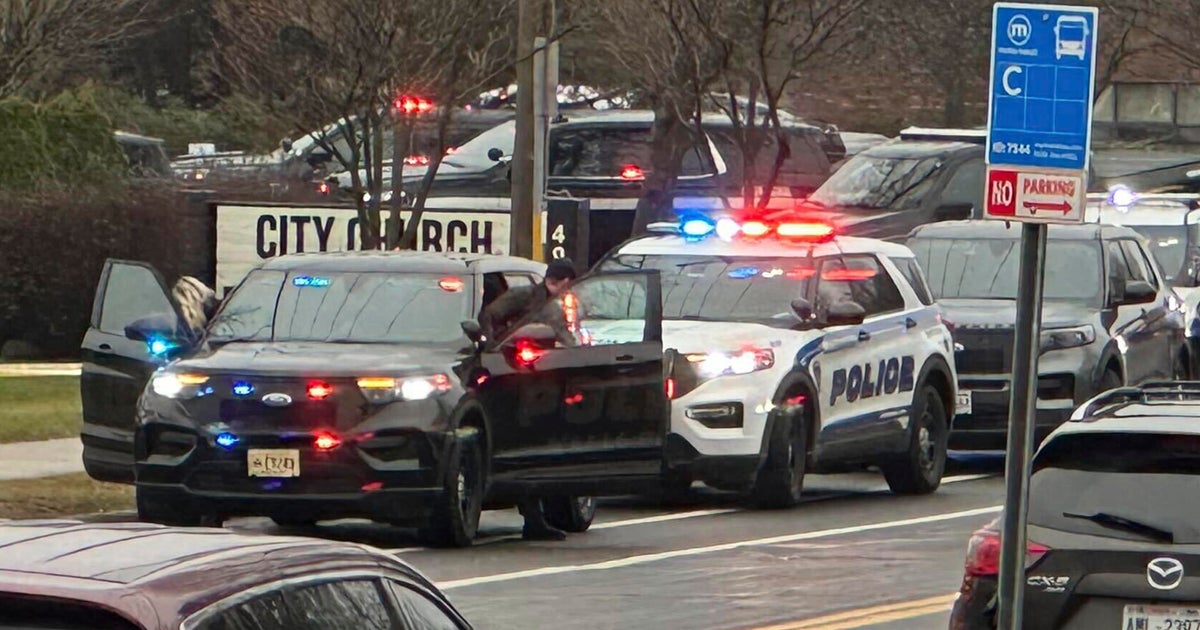After Samantha Josephson murder, safety tips for Uber and Lyft riders
The death of University of South Carolina student Samantha Josephson is a worst nightmare for any ride-share customer. Police say the 21-year-old student was murdered after apparently mistaking the suspected killer's car for her Uber ride. Surveillance footage captured her getting into the black Chevy Impala, and she was never seen alive again.
Josephson's death raises fresh fears about safety for customers using ride-shares. Her father, Seymour Josephson, even warned mourners about ride safety during a vigil for his daughter Sunday night, urging people to travel together.
Uber said in a statement that it has been working with colleges and local law enforcement across the U.S. to make the public aware of fake ride-share drivers. "Everyone at Uber is devastated to hear about this unspeakable crime, and our hearts are with Samantha Josephson's family and loved ones. We remain focused on raising public awareness about this incredibly important issue," the statement said.
Uber and Lyft, the two most prominent ride-share companies, have safety tips and protocols available online.
Lyft has a 24/7 support line for emergencies, and Uber does as well in more than a dozen major cities. Both companies also urge riders to double check all information about its drivers. The apps give the driver's name, photo, vehicle and license plate when a ride is ordered, so customers can make sure they're getting in with the right person.
Uber also has this list of 10 safety tips on its website:
- Plan ahead. Before you request a ride, think about where you're headed and review the safety features in the app so you know how to use them.
- Request your ride inside. Avoid spending unnecessary time outside alone with your phone in your hand. Instead, wait indoors until the app shows your driver has arrived.
- Get in the right car. Before you get in the car, check that license plate, driver photo, and driver name all match what's listed in the app. Uber rides can only be requested through the app, so never get in a car with a driver who claims to be with Uber and offers a ride.
- Be a backseat rider. If you're riding alone, sit in the backseat. This ensures you can safely exit on either side of the vehicle to avoid moving traffic, and it gives you and your driver some personal space.
- Buckle up. The Centers for Disease Control reports that seatbelt use is the most effective way to save lives and reduce injuries related to car accidents.
- Share your trip details with a friend. While en route, tap "Share status" in the app to share your driver's name, photo, license plate, and location with a friend or family member. They can track your trip and see your ETA without downloading the Uber app.
- Protect your personal information. There's no need to share your phone number or other contact information with your driver. If a rider and driver need to contact each other, the Uber app automatically anonymizes both phone numbers to protect everyone's privacy.
- Follow your intuition. Trust your instincts and use your best judgement when riding with Uber. And if you ever feel you're in an emergency situation, call 911 immediately.
- Be kind and respectful. As outlined in our community guidelines, please respect your driver and his or her car.
- Give feedback on your trip. Your feedback helps us improve the Uber experience for everyone. Our 24/7 global support team reviews feedback and will follow up with appropriate action on any reports of conduct that violate our community guidelines.
An Uber law enforcement liaison also wrote a blog post in 2017 with additional safety tips, such as sharing details about rides with friends and family.
Lyft did not return requests for comment from CBS News.



